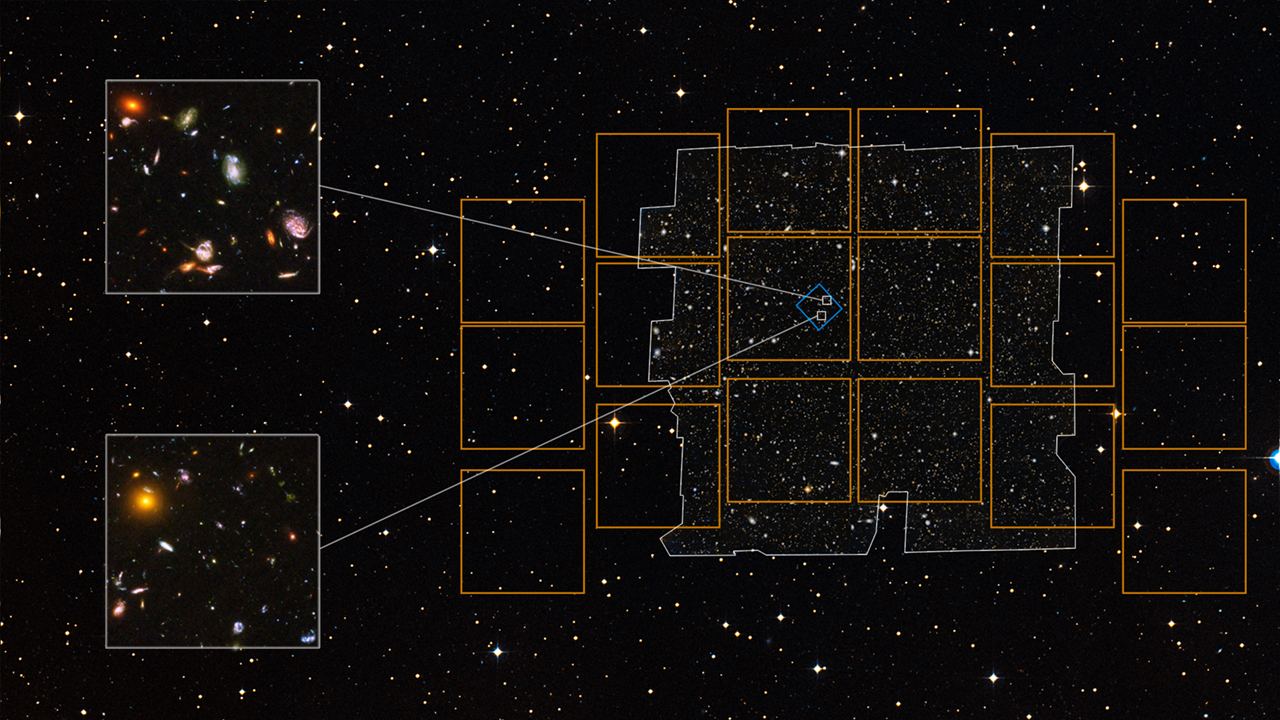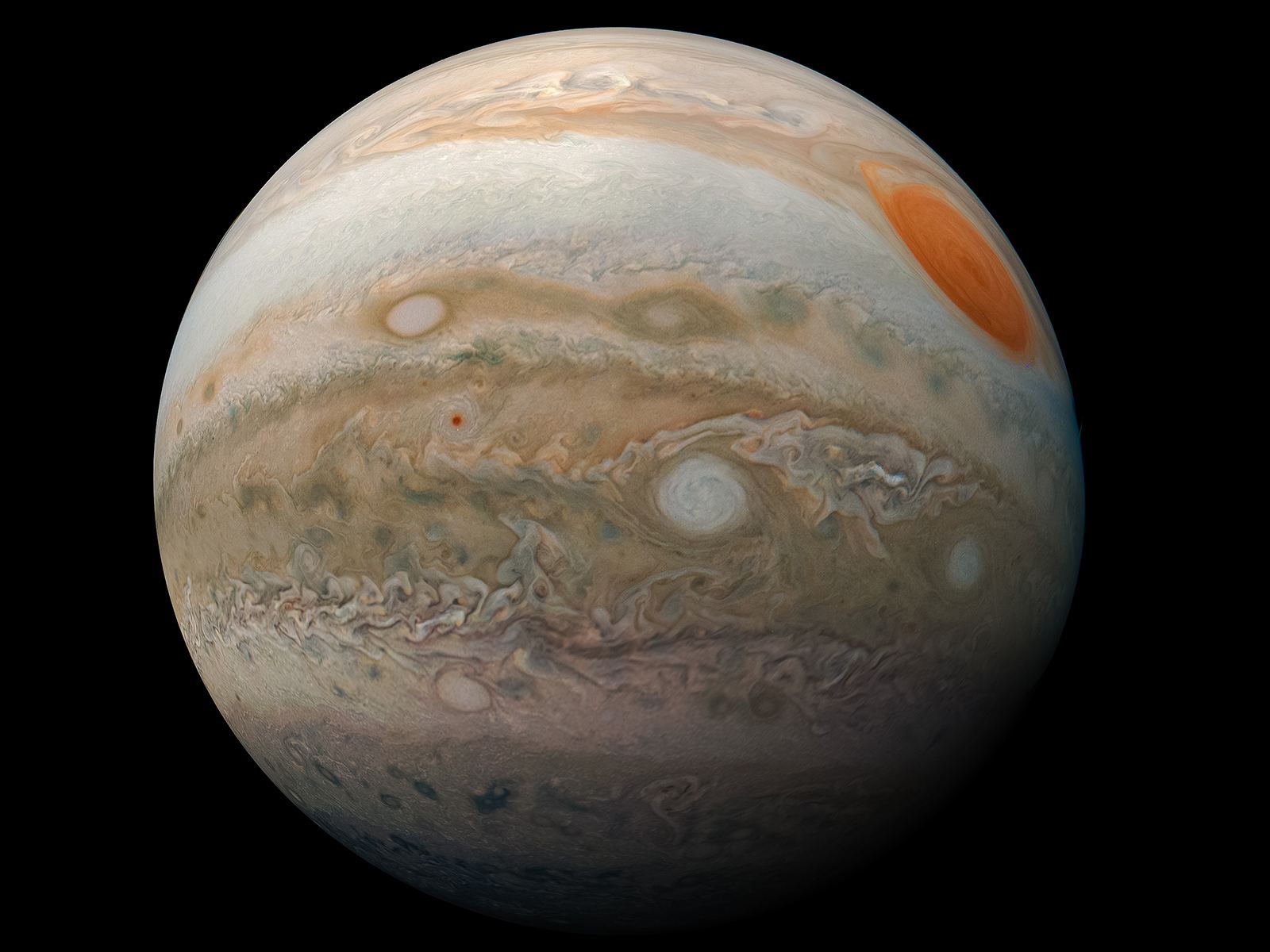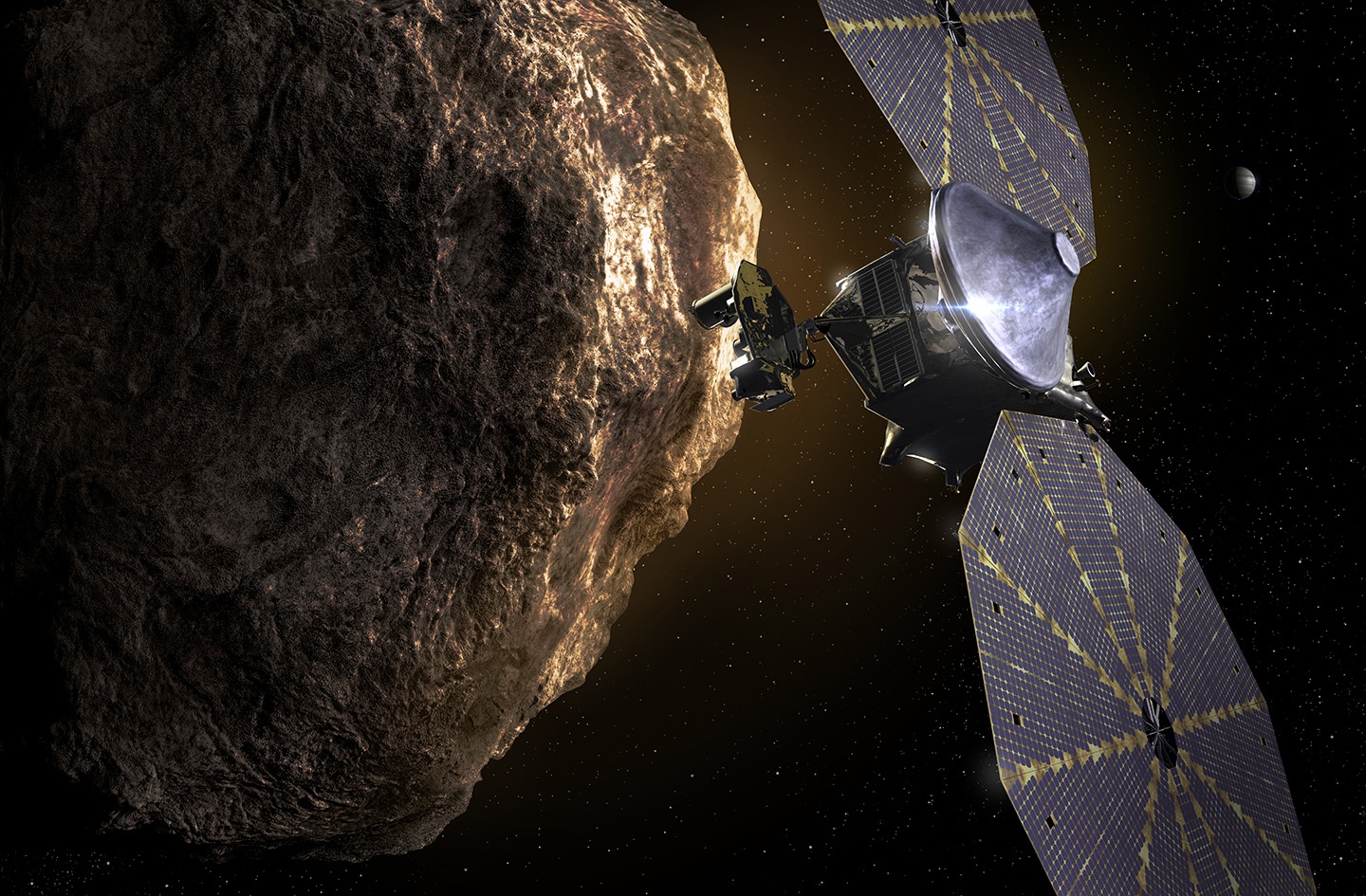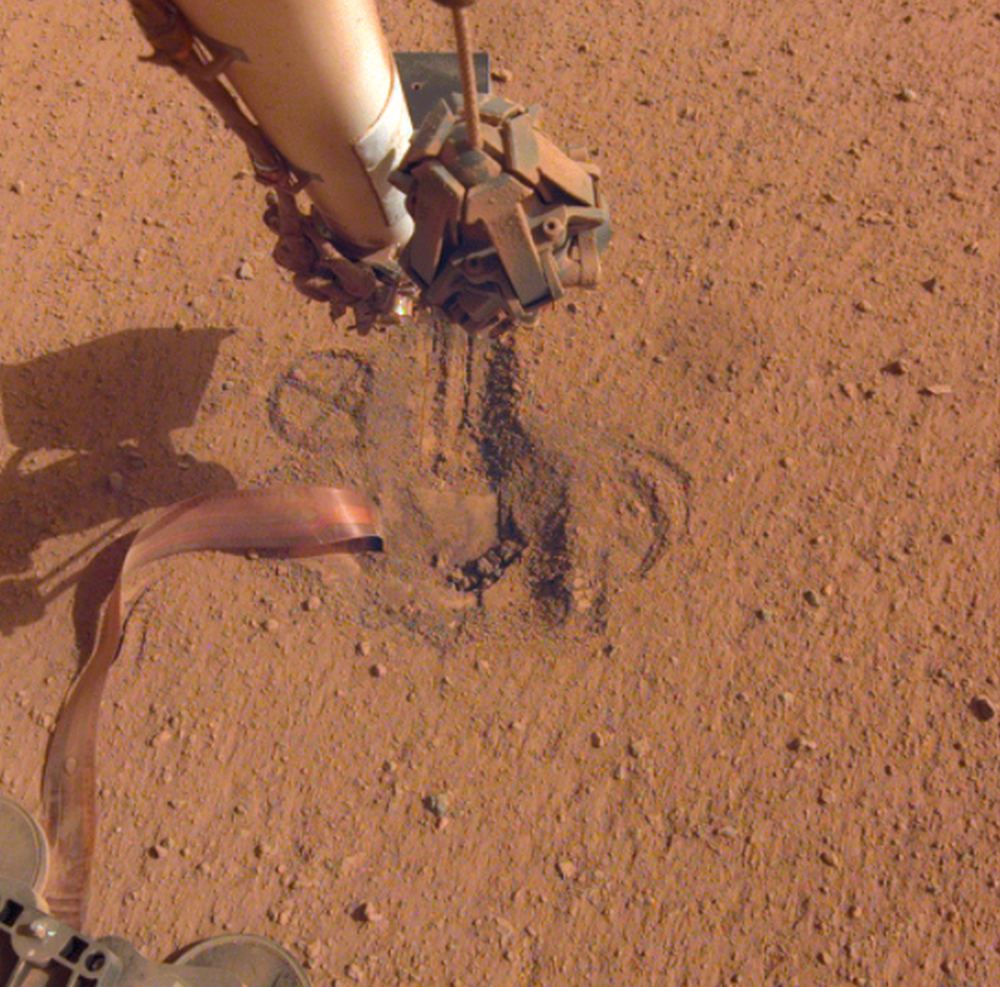A new study out this month suggests that Jupiter’s Trojan asteroids may be more peculiar than previously thought. The Trojan asteroids are rocky objects which orbit the Sun just ahead of and just behind the gas giant, in gravitational sweet spots known as Lagrange points. The swarm ahead of Jupiter, known as the L4 (Greek) group, is slightly larger than the L5 (Trojan) swarm behind, but until now, astronomers believed that there was otherwise little differentiation between the two swarms. The paper released this month appears to change that.
Continue reading “Jupiter’s Trojan Asteroids Offer Surprises Even Before NASA’s Lucy Mission has a Chance to Visit Them.”Thanks to Perseverance, We’re Finally Going to Hear What Mars Sounds Like
Many consider the various rovers we’ve sent to Mars as the next best thing to sending a geologist to the Red Planet. Spirit, Opportunity and Curiosity have carried all the necessary equipment similar to what human geologists use on Earth, and are able to navigate the terrain, “see” the landscape with the various cameras, pick up rock and dust samples with scoops, and then analyze them with various onboard tools and equipment.
In addition to all those things, the new Mars 2020 Perseverance rover will add a “sense of hearing” to its robotic toolkit. The rover includes a pair of microphones to let us hear – for the first time – what Mars really sounds like.
Continue reading “Thanks to Perseverance, We’re Finally Going to Hear What Mars Sounds Like”NASA Has Given Up on Trying to Deploy InSight’s Mole
It’s always a sad day when a mission comes to an end. And it’s even sadder when the mission never really got going in the first place.
That’s where we’re at with NASA’s InSight lander. The entire mission isn’t over, but the so-called Mole, the instrument designed and built by Germany’s DLR, has been pronounced dead.
Continue reading “NASA Has Given Up on Trying to Deploy InSight’s Mole”The Roman Space Telescope’s Version of the Hubble Deep Field Will Cover a 100x Larger Area of the Sky

Remember the Hubble Deep Field? And its successor the Hubble Ultra Deep Field? We sure do here at Universe Today. How could we forget them?
Well, just as the Hubble Space Telescope has successors, so do two of its most famous images. And those successors will come from one of Hubble’s successors, NASA’s Roman Space Telescope.
Continue reading “The Roman Space Telescope’s Version of the Hubble Deep Field Will Cover a 100x Larger Area of the Sky”With its New Extension, Juno is Going to be Visiting Jupiter’s Moons

The Juno mission to Jupiter has been extended to September 2025 – or however long the spacecraft can keep operating around Jupiter.
While Juno has so far focused its attention on the giant planet alone, the mission extension will include observations of Jupiter’s rings and large moons, with targeted observations and close flybys planned of the moons Ganymede, Europa, and Io.
This will be the first close flybys of these moons since the Galileo mission in 1995-2003.
Continue reading “With its New Extension, Juno is Going to be Visiting Jupiter’s Moons”This is What Perseverance’s Landing Site Looked Like Billions of Years Ago. See Why it’s Such a Compelling Target?

Today is a milestone in NASA’s Perseverance mission to Mars. At 1:40 pm Pacific time today, the rover will have traveled 235.4 million km (146.3 million miles). That means the spacecraft is halfway to Mars and its rendezvous with Jezero Crater. The spacecraft isn’t traveling in a straight line, and the planets are moving, so it’s not equidistant to both planets.
“Although we’re halfway into the distance we need to travel to Mars, the rover is not halfway between the two worlds,” Kangas explained. “In straight-line distance, Earth is 26.6 million miles [42.7 million kilometers] behind Perseverance and Mars is 17.9 million miles [28.8 million kilometers] in front.”
But today’s still a good time to take another look at Jezero Crater, and why NASA chose it as the mission’s target.
Continue reading “This is What Perseverance’s Landing Site Looked Like Billions of Years Ago. See Why it’s Such a Compelling Target?”Watch “Live” as NASA’s OSIRIS-REx Nabs an Asteroid Sample
Today’s the day! The OSIRIS-REx spacecraft is going to reach out and boop asteroid Bennu! You can watch the broadcast here as the Origins, Spectral Interpretation, Resource Identification, Security-Regolith Explorer (OSIRIS-REx) mission attempts to collect a sample of an asteroid on Tuesday, Oct. 20, at 6:12 pm EDT (5:12 pm CDT, 3:12 PDT).
Continue reading “Watch “Live” as NASA’s OSIRIS-REx Nabs an Asteroid Sample”InSight’s ‘Mole’ is Now Completely buried!
It’s been a long road for InSight’s Mole. InSight landed on Mars almost two years ago, in November 2018. While the lander’s other instruments are working fine and returning scientific data, the Mole has been struggling to hammer its way into the surface of the planet.
After much hard work and a lot of patience, the Mole has finally succeeded in burying itself all the way into the Marian regolith.
But the drama hasn’t concluded yet.
Continue reading “InSight’s ‘Mole’ is Now Completely buried!”China’s Mars-bound Tianwen-1 Takes a Selfie
The CNSA (Chinese National Space Agency) has released an image of its Tianwen-1 spacecraft to coincide with the National Day and Mid-Autumn Festival. The spacecraft is on its way to Mars, and if the landing is successful, China will be only the third nation to successfully land a spacecraft on the planet.
Continue reading “China’s Mars-bound Tianwen-1 Takes a Selfie”NASA Releases a New Poster for the Europa Clipper Mission
In this decade and the next, some very impressive missions will take place. For instance, NASA will send its robotic Europa Clipper orbiter investigate Jupiter’s icy moon Europa for the first time. The orbiter will launch sometime in the middle of the decade (likely 2024) and arrive in the Jovian sytem in the 2030s to look for possible signs of life.
In preparation for this momentous event, NASA recently released a stunning new mission poster. As you can see, the poster features the orbiter looking down on Europa’s icy surface with Jupiter hanging in the background. The orbiter itself is in shadow so as to draw attention to the landscape beneath it.
Continue reading “NASA Releases a New Poster for the Europa Clipper Mission”





